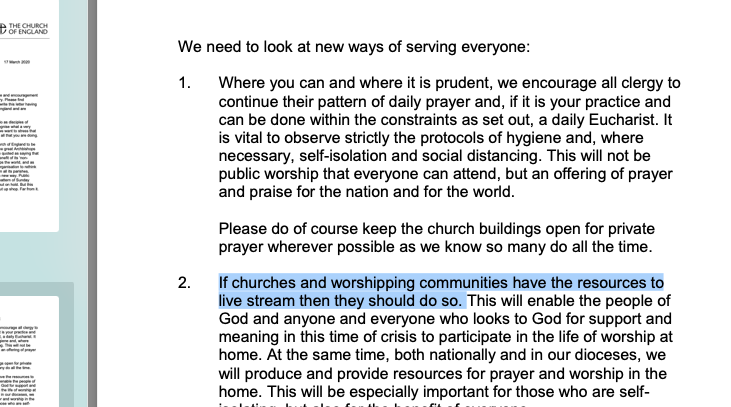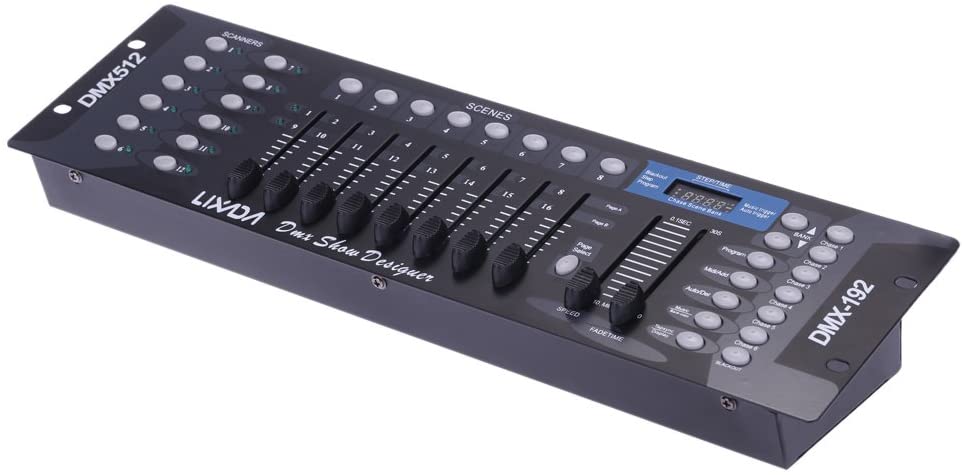Let’s backtrack to the start of COVID.
A letter comes round at the point that churches are shut down. from the Archbishop to all churches, which was passed on to everyone involved in the running of services etc.

I read, and on page two, the highlighted sentence pretty much slapped me between the eyes.

As the kids say, “It me.” As Very Large Hints from the Almighty go, it was a big one. I am a fully qualified geek, and things like audio and video are among my many hobbies.
Our first service was an 8am Communion the following Sunday, shot on my Canon 700D and iPhone. We didn’t stream, as there was no way we were going to get that set up in time, and besides, we were in the Old church which has two-foot thick walls and no internet. There were comedy moments, as the iPhone’s clamp stand subsided gracefully off the back of a chair during one of the readings. and somehow the Assistant Vicar didn’t burst out laughing. But that we got edited the same morning and up on YouTube that afternoon.
And so it began. The next few weeks consisted of teaching people how to film on their phones (remember, landscape format!), and discovering Dropbox upload links. A couple of our musicians started recording songs, we had other people doing readings, all (including the sermon and any liturgy) recorded by Thursday or Friday and edited over Saturday for upload for a Sunday premiere.
Then easter hit, and we decided to do a full series of Holy Week meditations plus Good Friday and Easter Sunday services. And somewhere about that time it dawned on me that if we can provide a backing track and some kind of sync marker, we can do multipart hymns and songs. And that’s where ‘1 2 3 clap’ started.
Of which, more next post.


